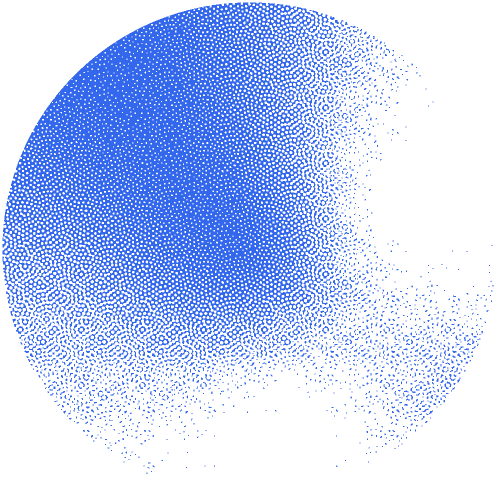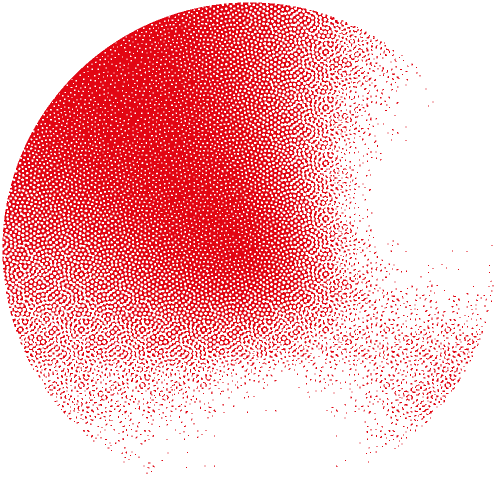

Comparative Genomics - lectures - now on YouTube



15 September 2020



For-profit: 900 CHF
The videos of the lectures can be found in the SIB YouTube channel.
Overview
The aims of this course are to (i) explore key evolutionary concepts, (ii) examine different methodological approaches, and (iii) gain hands-on experience in eukaryotic comparative genomic analyses.
This course will focus on concepts and methods for orthology and paralogy of protein-coding genes, complemented with practical examples of applications of comparative genomics approaches to investigate biological and/or evolutionary questions. It will be structured with lectures in the mornings followed by hands-on sessions in the afternoons (see the Application session below if you are interested to also attend the practicals).
This course may touch on, but will not cover in any detail, topics relating to genome sequencing and assembly, genome annotation, population genomics, or genomics of prokaryotes.
Audience
This course is aimed at PhD students, postdoctoral and other researchers in the life sciences who are planning how to proceed with comparative genomics analyses to investigate biological or evolutionary questions of importance to their study system.
Learning objectives
At the end of the course participants should be able to:
- Interpret phylogenetic trees and sequence alignments
- Infer orthologs and paralogs using graph- and tree-based methods
- Design and implement comparative analyses to interrogate genomics data, e.g. phylogenomics or gene family dynamics
Application
Attendance is free-of-charge, however registration is mandatory.
You will be informed by email of your registration confirmation.
There is no limit on the number of attendees. All those who will have registered will receive, 1 day before the lecture, by email the information for remotely connecting to the online meeting room.
If you are interested to attend the lectures and practicals, apply here.
Venue and time
The lectures will be streamed.
They will start at 9:00 and at 12:00. Precise information will be provided to the participants in due time.
Schedule - CET time zone
Day 1 - Christophe Dessimoz (UniL and SIB) - Introduction to molecular evolution & phylogenetics
Interpret phylogenetic trees and alignments; general understanding of how trees are inferred; knowing the definition of orthology, paralogy and their subtypes; understanding the difference between pairwise and groupwise comparisons; ability to perform orthology inference through tree overlap method; ability to retrieve orthology information from the OMA database; ability to infer orthologs using the OMA standalone pipeline.
- 9:00-12:00: Lectures - Introduction to molecular evolution & phylogenetics; Inferring Orthology and Paralogy
Day 2 - Robert Waterhouse (UniL and SIB) - Orthology-focused arthropod comparative genomics
Understand the principles of graph-based orthology delineation using OrthoDB as an example; learn how to browse and programmatically query OrthoDB; learn how to use BUSCO to assess genomics data quality; learn how to formulate comparative genomics questions, develop and apply approaches to address them (with a focus on using orthology data), and then critically interpret them, through case studies from arthropods.
- 9:00-12:00: Lectures - Introduction to OrthoDB & BUSCO; case studies from Arthropod Comparative Genomics
Day 3 - Marc Robinson-Rechavi (UniL and SIB) - Duplication of genes and genomes, expression
Understand the importance of gene and genome duplication in comparative genomics; understand the difficulty of comparing “function” between homologous genes, and know some tools to do so.
- 9:00-12:00: Lectures - Introduction to Bgee (curated data, ontologies, present calls, homology, TopAnat); patterns of gene and genome duplication; evolution after duplication
Additional information
Coordination: Patricia Palagi
You are welcome to register to the SIB courses mailing list to be informed of all future courses and workshops, as well as all important deadlines using the form here.
SIB abides by the ELIXIR Code of Conduct. Participants of SIB courses are also required to abide by the same code.
For more information, please contact training@sib.swiss.